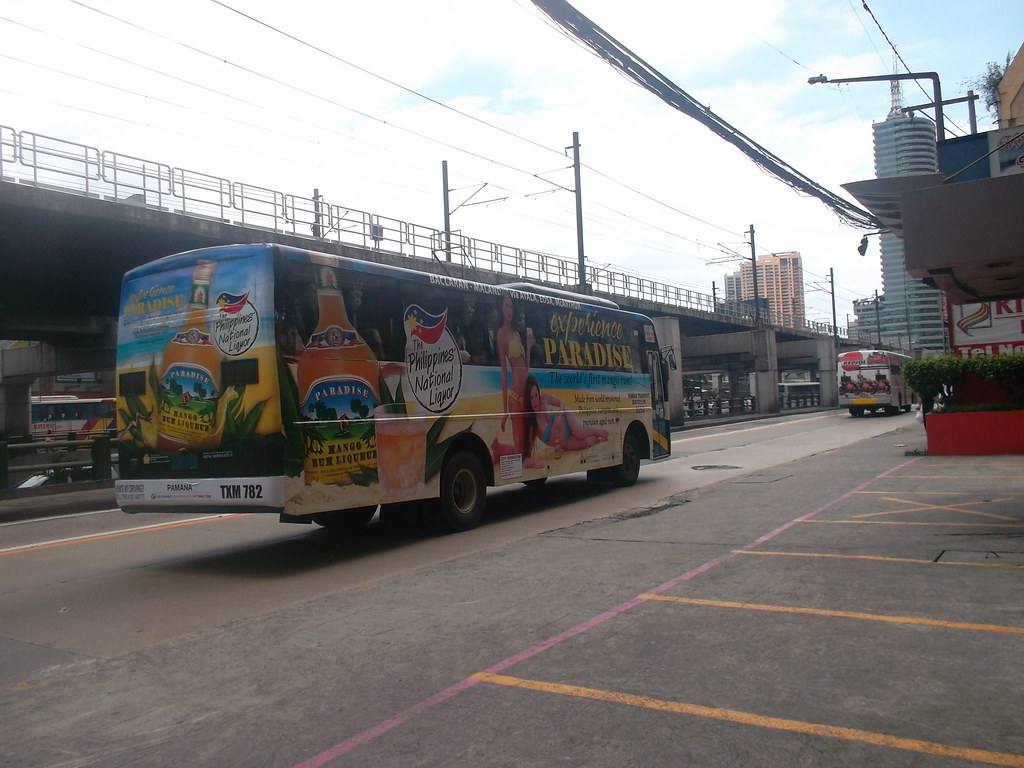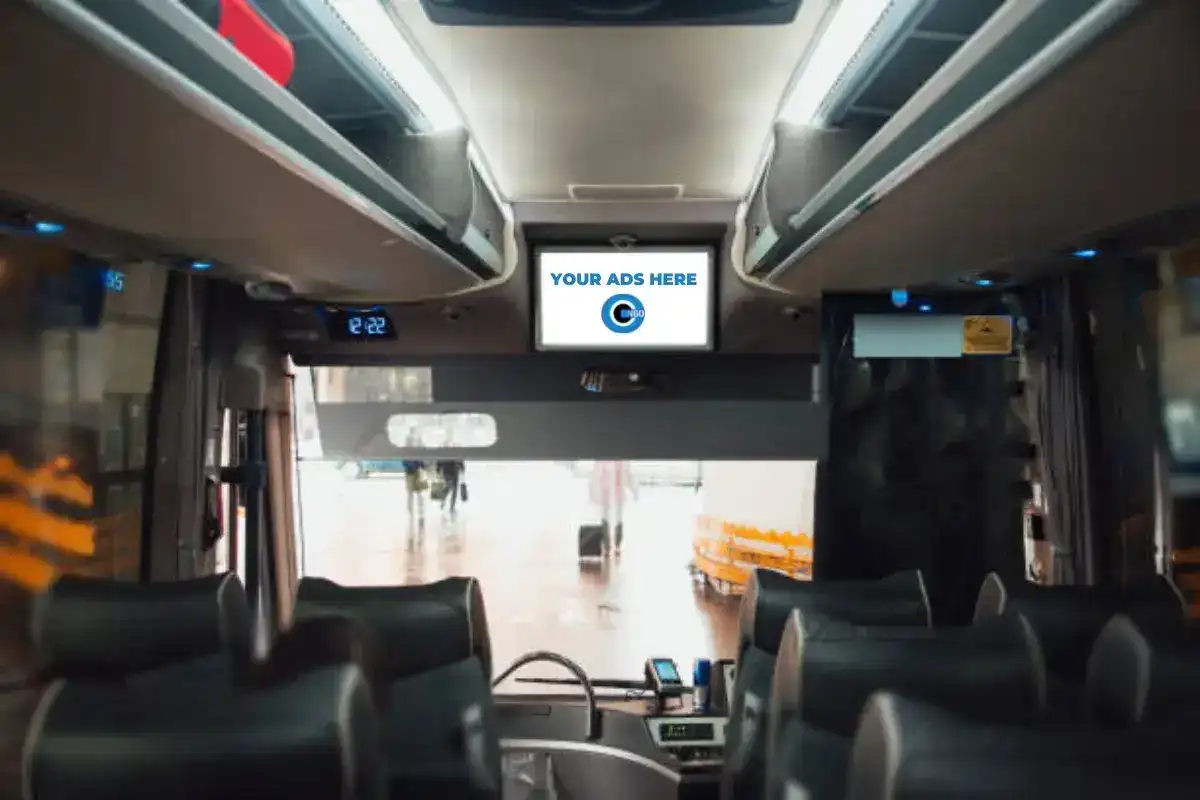Make Best Use Of Exposure with Transit Advertising Philippines
Make Best Use Of Exposure with Transit Advertising Philippines
Blog Article
How Transportation Advertising And Marketing Can Transform Public Transport Spaces Into Dynamic Advertising Platforms
Transportation marketing holds substantial capacity to redefine mass transit areas into vivid advertising and marketing systems that inform and engage. By making use of ingenious layouts such as digital display screens and interactive booths, brands can not only get to a diverse audience but also boost the total commuter experience. This method produces a distinct opportunity for brands to get in touch with consumers in a setting that is frequently overlooked. As we check out the multifaceted advantages and developing approaches of transit advertising, it elevates the inquiry of just how this transformation could redefine our communications with both brand names and the city environment.
Benefits of Transportation Advertising

Additionally, transportation marketing is very cost-efficient contrasted to traditional media. It permits marketers to achieve high impressions at reduced costs, optimizing return on financial investment. The captive audience of travelers offers a possibility for brand names to convey their messages to people that are frequently receptive throughout their travel times.
Furthermore, the vibrant nature of transportation advertising and marketing permits projects to be updated regularly, making certain that messaging remains appropriate and timely. This flexibility can be important in responding to market patterns or advertising events, maintaining the brand name top-of-mind for consumers. Finally, the pervasive existence of transportation advertising adds to brand name recall; duplicated direct exposure within acquainted travel contexts reinforces brand awareness and fosters customer commitment, inevitably enhancing and driving sales brand track record.
Sorts Of Transportation Advertising And Marketing
Mass transit systems give numerous formats for marketing, each dealing with various advertising strategies and audience engagement techniques. One popular type is exterior bus and train covers, which cover the entire car and develop a mobile billboard result, enabling high presence in metropolitan atmospheres. These wraps can capture interest as they go across hectic roads, reaching a varied audience.
Another popular format is indoor advertising, which consists of posters, digital screens, and ads on transportation seats. These positionings involve passengers throughout their trip, enhancing brand messaging in a restricted room. Digital shows, in specific, provide the advantage of vibrant material, making it possible for marketers to upgrade messages in real-time.
Station marketing is likewise substantial, featuring posters, banners, and interactive stands within transit terminals. These ads take advantage of foot traffic and can target details demographics based upon area.
Last but not least, promotional partnerships with transportation authorities can result in special projects, such as themed transportation experiences or events, enhancing the overall involvement with travelers. Each kind of transit advertising and marketing offers distinctive advantages, allowing brands to customize their method to properly reach their target market within the public transport ecosystem.
Involving Commuters Properly
Commuters are progressively inundated with advertising messages during their daily journeys, making it necessary for brands to engage them in ingenious methods. To record focus in this crowded area, marketers must prioritize creative thinking and significance. Utilizing appealing visuals and succinct messaging can considerably improve the probability of involvement.
Interactive components, such as QR codes or augmented truth attributes, can additionally change static advertisements right into immersive experiences, cultivating a deeper link with the target market. Brand names need to concentrate on resolving travelers' demands and interests, customizing messages to resonate with their way of living, whether through promotions for local services or solutions developed to improve their commuting experience.
Additionally, timing plays a crucial function; tactically positioning advertisements throughout height commuting hours can optimize visibility and effect. Involving travelers efficiently likewise entails leveraging social networks assimilation, permitting travelers to share their experiences or promotions straight from transportation systems, thus enhancing brand reach.
Essentially, efficient engagement pivots on recognizing the traveler journey and developing engaging, interactive, and appropriate marketing experiences that not just catch attention yet additionally drive action and commitment. By doing so, brands can transform public transport into a vibrant marketing platform that reverberates with its audience.

Measuring Advertising And Marketing Effect
How can brand names accurately assess the performance of their marketing projects en route environments? Determining the impact of transportation advertising needs a multifaceted technique that combines qualitative and quantitative metrics. One common approach is tracking interaction via mobile analytics, where brands can examine foot traffic patterns and application communications previously, throughout, and after campaigns.
Surveys can give important understandings into brand recall and customer sentiment, enabling brand names to gauge exactly how well their messages reverberate with commuters. Furthermore, monitoring social networks involvement pertaining to certain projects can reveal shifts in public assumption and brand name discussion.

In addition, teaming up with more tips here transportation firms can boost dimension precision, as they frequently possess comprehensive market data on ridership trends. By integrating these approaches, brands can develop an extensive understanding of their marketing efficiency, guaranteeing that their campaigns not only reach but also impact their target market properly.
Future Fads in Transit Advertising
A significant shift is prepared for en route marketing as technological developments and changing customer actions reshape the landscape. Transit Advertising Philippines. The integration of interactive media and electronic screens is expected to enhance involvement, permitting brands to deliver vibrant material that resonates with varied target markets. As public transportation systems welcome clever innovation, advertisers will certainly take advantage of real-time data analytics to customize messages dig this based upon passenger demographics and actions
Additionally, augmented fact (AR) is poised to revolutionize the method commuters connect with ads. By providing immersive experiences, AR can change a mundane trip into an interesting narrative that records attention and cultivates brand commitment. This development will likely encourage marketers to create even more experiential campaigns that drive customer communication.
Sustainability is one more critical fad influencing transit advertising and marketing. As ecological awareness grows, brands will increasingly seek to straighten with environment-friendly techniques, utilizing sustainable products and promoting eco-friendly campaigns within their campaigns.
Final Thought
In conclusion, transit advertising and marketing offers considerable benefits by enhancing brand exposure and involving a captive audience. With numerous formats, such as exterior covers and electronic displays, it changes click over here mass transit into a lively advertising and marketing platform. Effective engagement methods and durable dimension strategies further enhance its effect. As fads advance, the potential for ingenious communications in between brand names and travelers is positioned to expand, making certain that transit advertising remains an important component of contemporary advertising techniques.
Transportation marketing holds significant potential to redefine public transport areas into vibrant advertising and marketing systems that involve and educate. The prevalent existence of transit advertising adds to brand recall; repeated direct exposure within acquainted travel contexts enhances brand awareness and cultivates customer loyalty, ultimately boosting and driving sales brand name online reputation.
Exactly how can brands properly evaluate the effectiveness of their marketing campaigns in transportation environments?In verdict, transit advertising and marketing provides significant benefits by enhancing brand name visibility and engaging a restricted audience. Transit Advertising Philippines. As fads develop, the possibility for innovative communications between brands and travelers is positioned to expand, guaranteeing that transportation advertising stays a vital element of modern-day marketing methods
Report this page